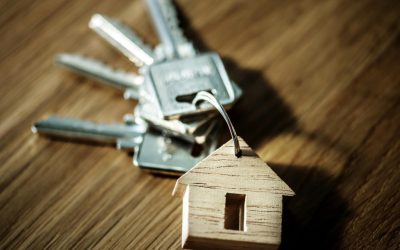A few weeks back, our office turned into a real-life version of a static shock obstacle course. Every time someone dared to touch a door handle or, heaven forbid, a colleague, they were greeted with a zippy little surprise! Zaps became the norm, and we half expected to start seeing our hair stand on end. In a lightbulb moment, we decided to check the humidity levels, only to find them lurking at a shocking 13% – talk about desert-dry!
Why Indoor Humidity Matters:
The cold weather commonly leads to a significant decrease in indoor humidity when homes are heated. This can affect various aspects of your new home, including:
- Health and Comfort: Low humidity can cause discomfort such as dry skin and respiratory issues, which is a key consideration in custom home living.
- Durability of Building Materials: In new home construction, preserving the integrity of materials like wood is essential. Low humidity can cause wooden structures and furnishings to contract, leading to damage.
- Maintaining optimal humidity can actually aid in energy efficiency, as proper humidity levels can make a home feel warmer, reducing the need for excessive heating.
Signs that your new home construction needs humidity adjustments include:
- Increased static electricity, a common issue in well-insulated custom homes.
- Visible damage or changes in wooden furnishings or structures.
- Cracks in hardwood floors.
- Shrinkage of caulking.
- Physical discomforts such as dry itchy skin or irritated eyes.
- House plants drying out to quickly.
- Condensation on the inside of your windows.
Solutions for Managing Humidity in Custom Home Building:
- Integrated Humidifier Systems: For new home construction, consider installing whole-house humidifier systems to maintain consistent indoor humidity. A less expensive option would be to invest in several portable humidifiers
- Strategic Use of Plants: Incorporate indoor plants in your custom home design as a natural way to boost humidity.
- Use Monitoring Tools: We give a hygrometer at closing to every new home. We recommend that humidity levels inside the home should range between 35 and 55 percent. Levels below 35 means your home is to dry.
To tackle our office’s low-humidity high jinks, we deployed small portable humidifiers. After a week, we witnessed a dramatic increase in the humidity levels, soaring from 15% to 31%!
Understanding and managing indoor humidity during cold weather is essential for both comfort and the longevity of the home’s materials. By implementing these strategies, your new home can withstand the challenges of winter while providing a comfortable and healthy living environment.




